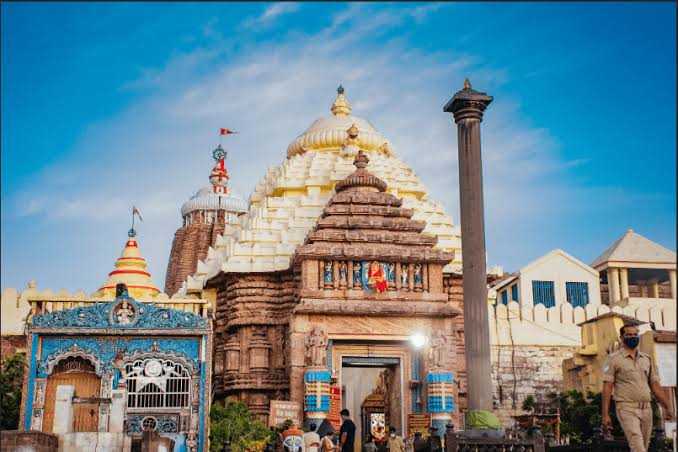London: In the Gregorian calendar, New Year’s Eve (also known as Old Year’s Day or Saint Sylvester’s Day in many countries), the last day of the year, is on 31 December. In many countries, New Year’s Eve is celebrated at evening parties, where many people dance, eat, drink, and watch or light fireworks. The celebrations generally go on past midnight into New Year’s Day, 1 January.
The Line Islands (part of Kiribati) and Tonga, are examples of the first places to welcome the New Year, while Baker Island (an uninhabited atoll part of the United States Minor Outlying Islands) and American Samoa are among the last.
Pope Gregory XIII implemented the Gregorian calendar in 1582, which cemented the current New Year’s Day we know and love.
The Roman calendar had previously set the start of the year as March, though in 46 BC, Julius Caesar changed the date to the day we know now. Still, it took a while to stick, according to LiveScience.
LiveScience also observed that the Earth is closest to the sun in early January. Perhaps a coincidence, or an interesting connection.
History.com, however, puts the oldest New Year celebrations at around 4,000 years old.
The ancient Babylonians would celebrate Akitu – a massive festival devoted to the vernal equinox, the beginning of a new cycle.
The vernal equinox was typically on a late March day, with equal darkness and sunlight.







